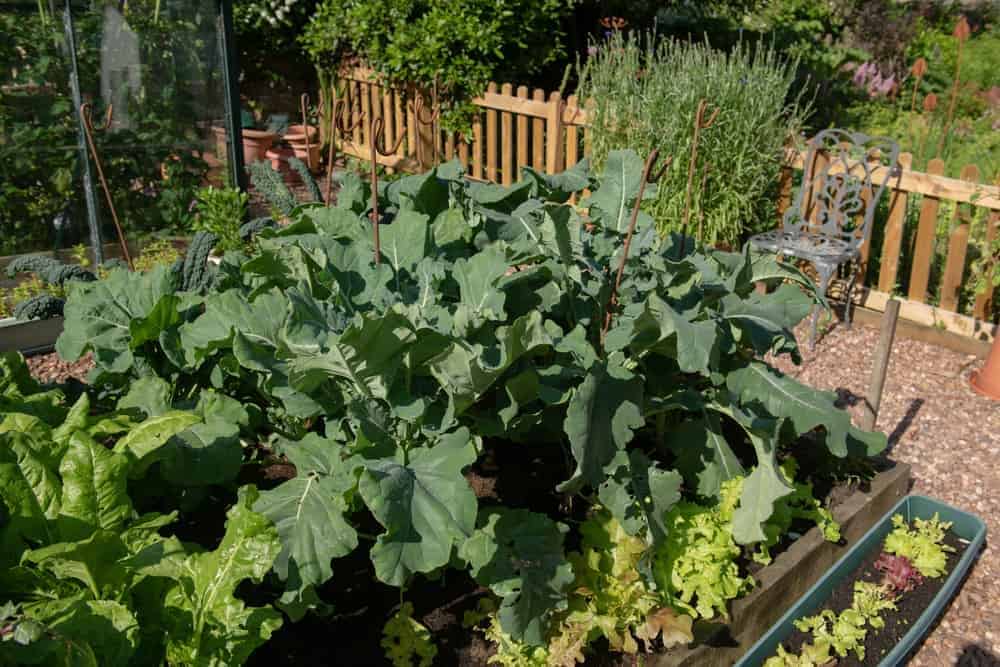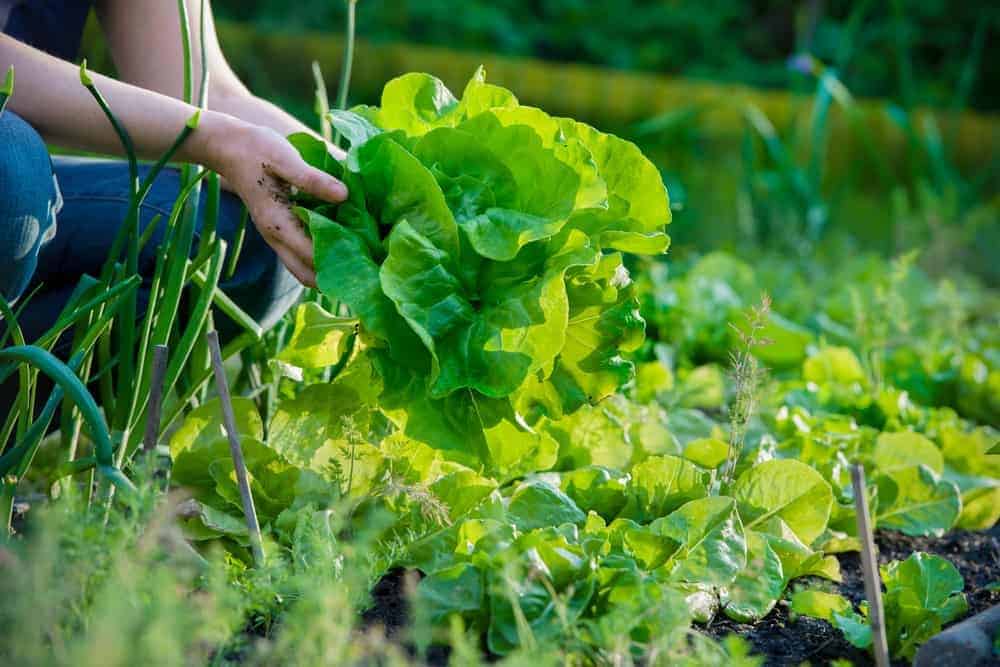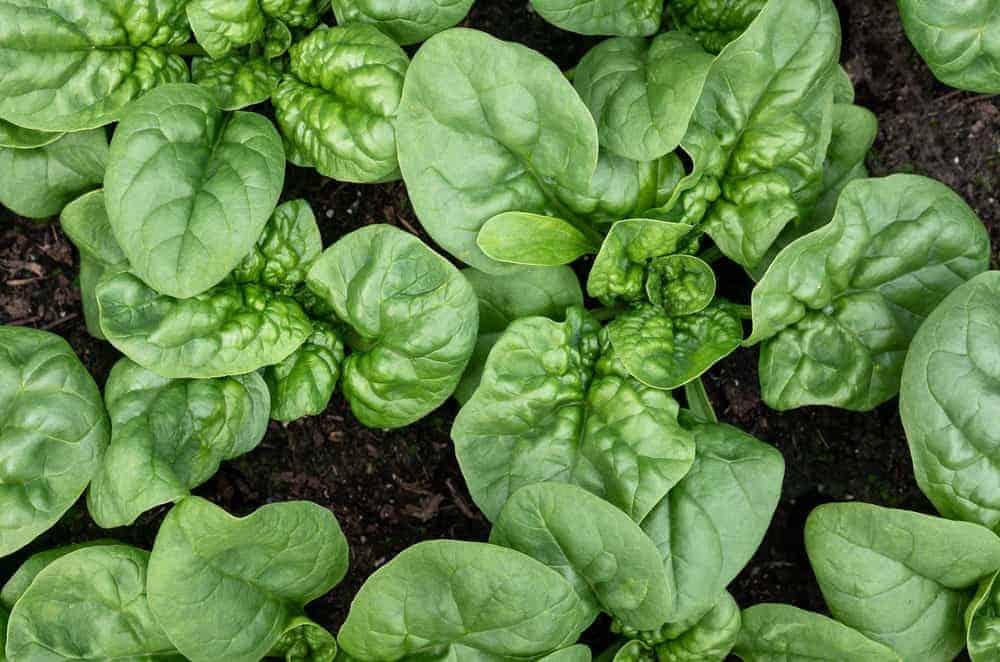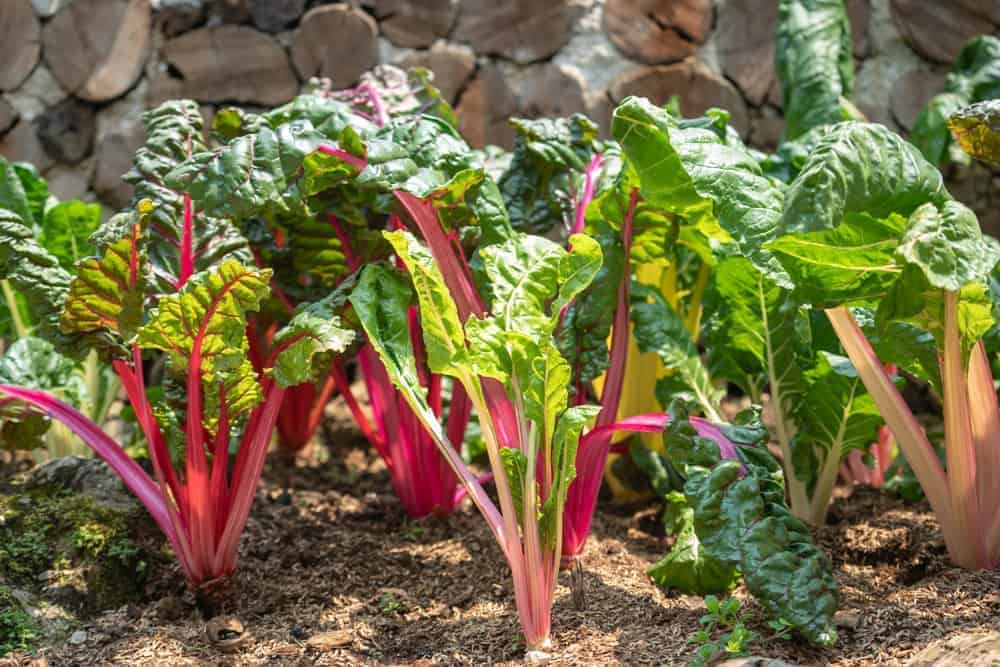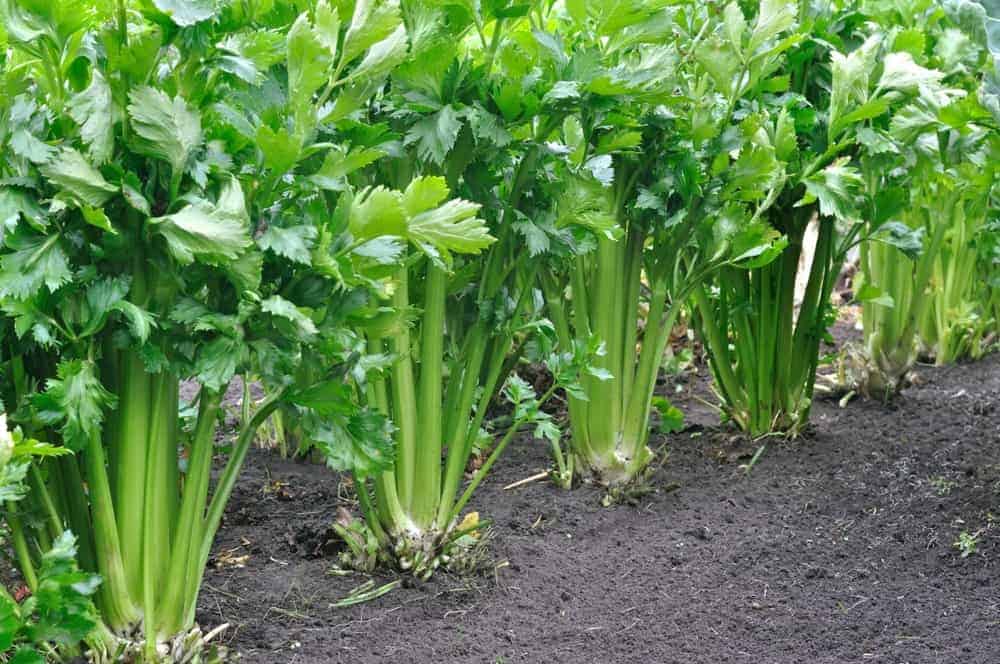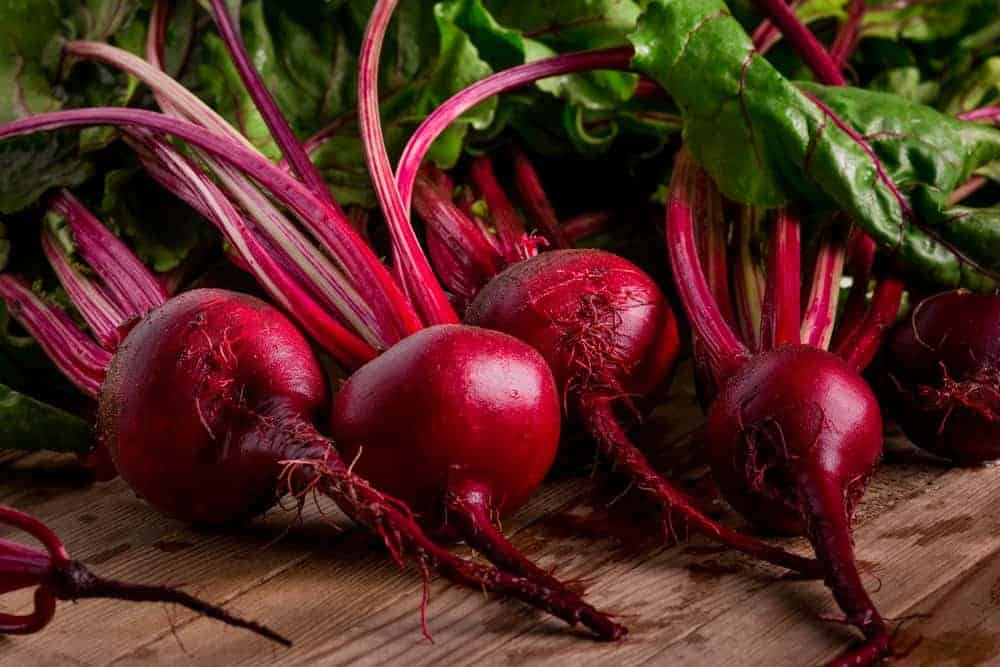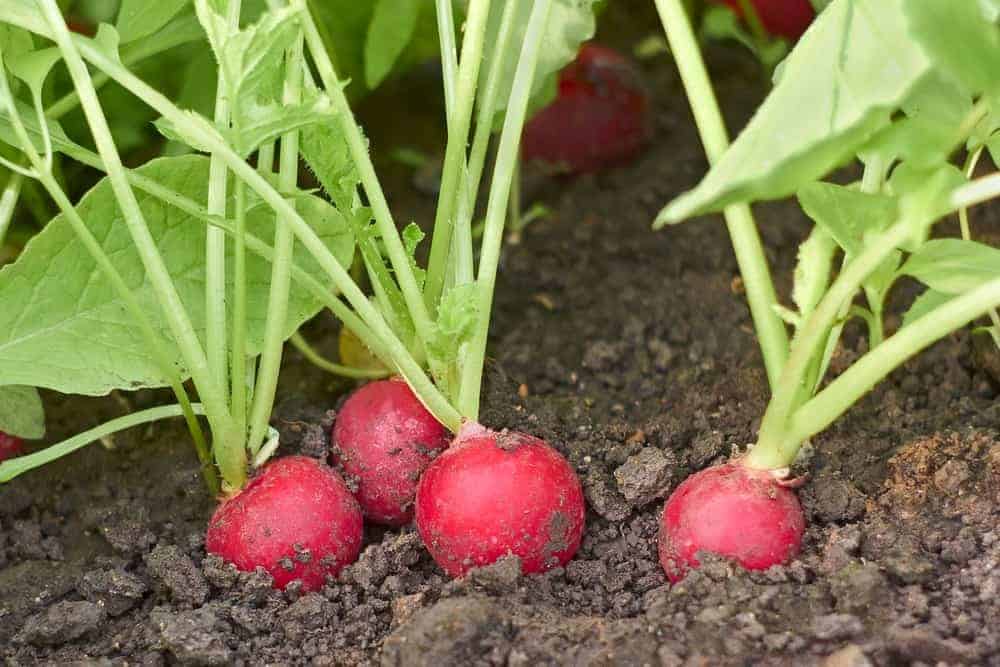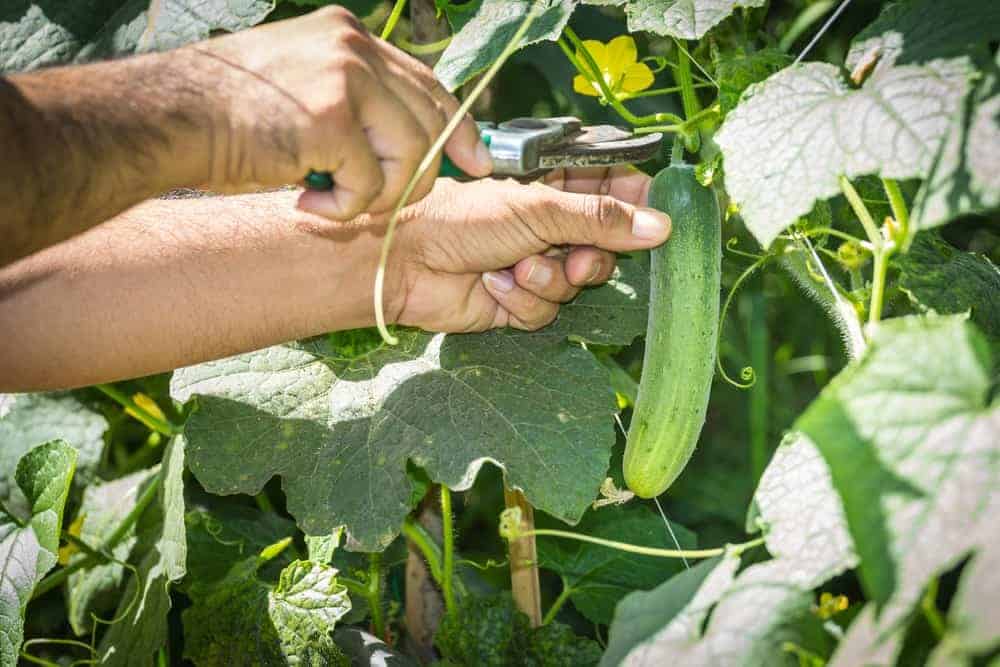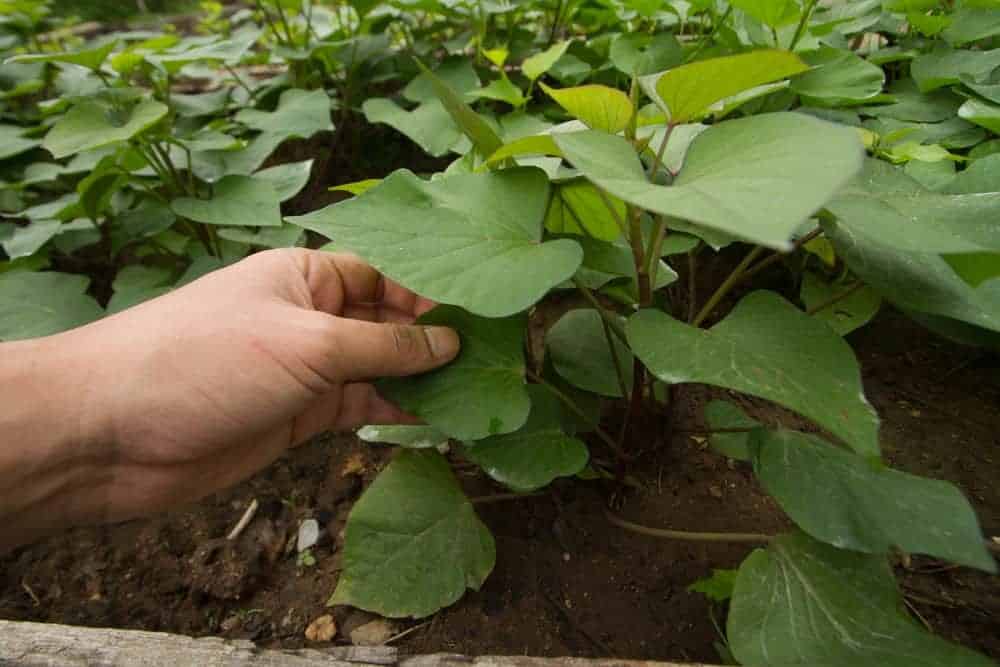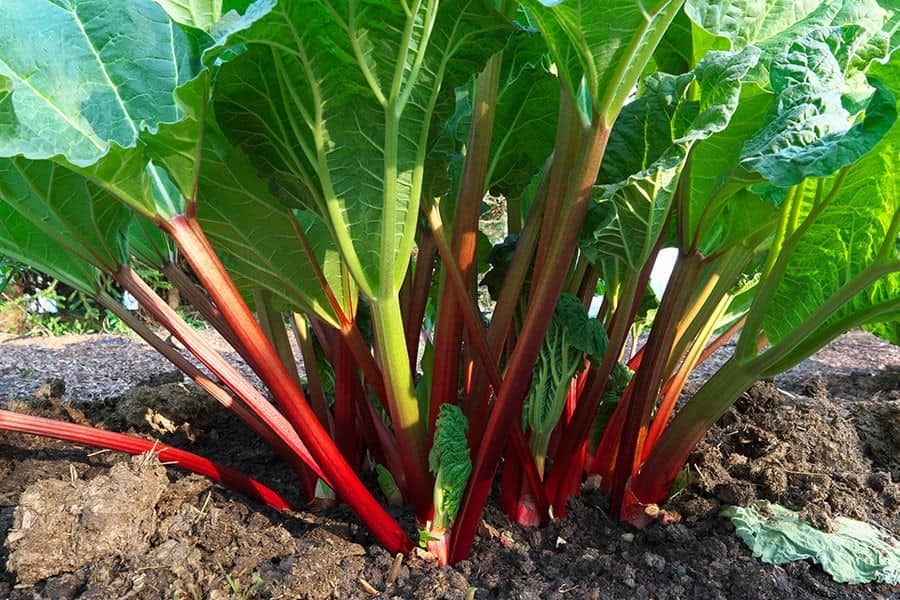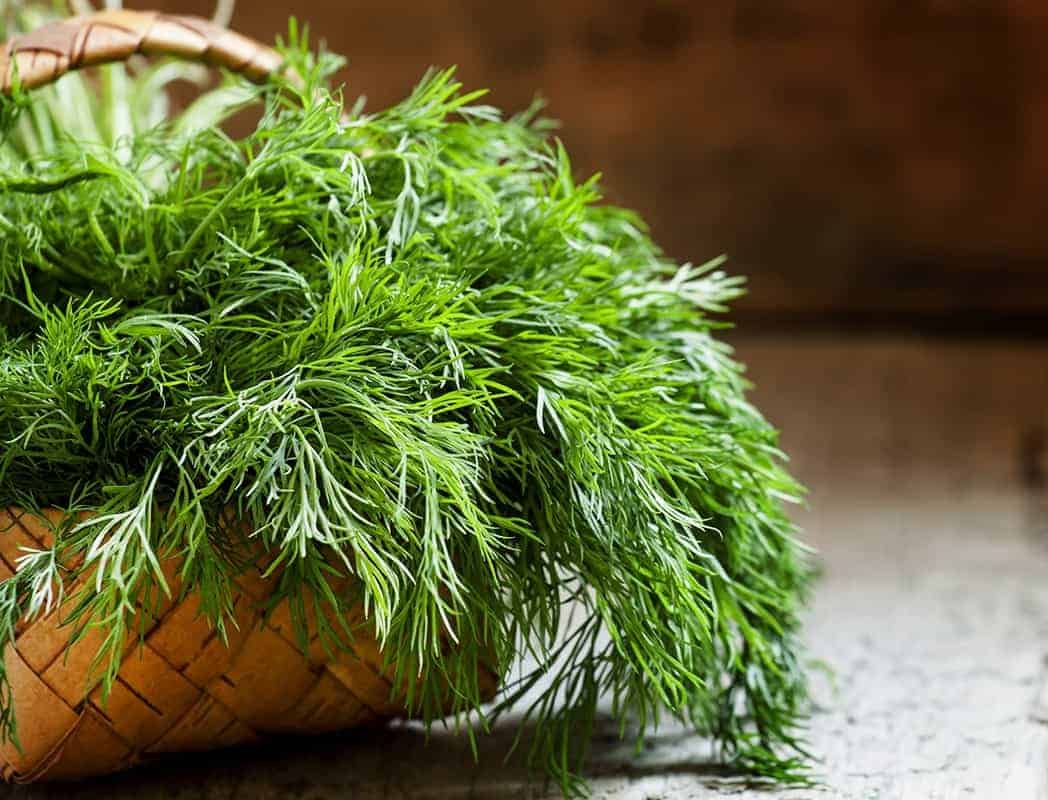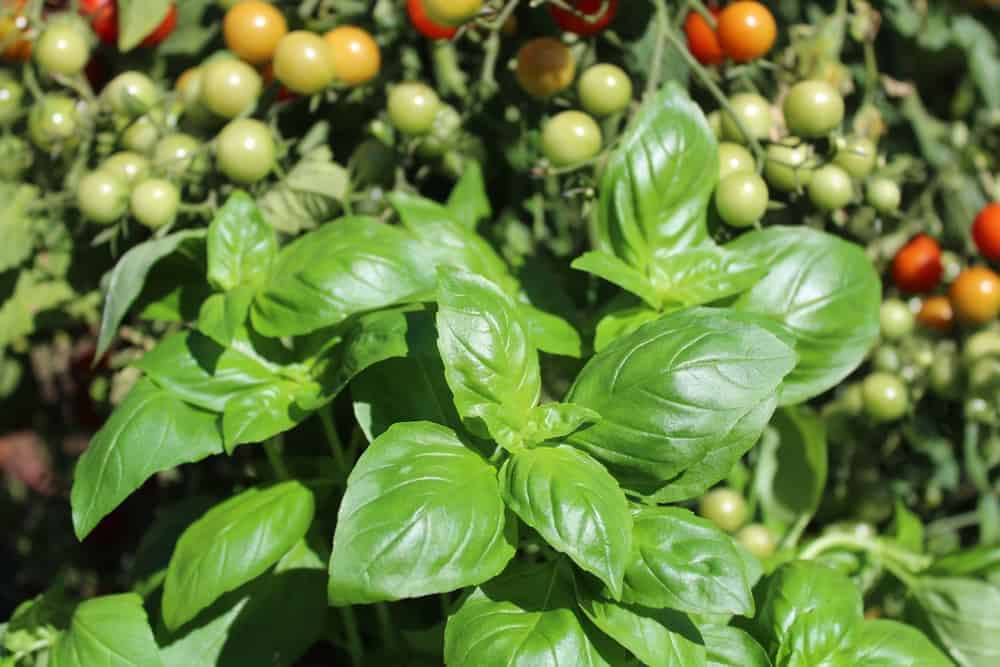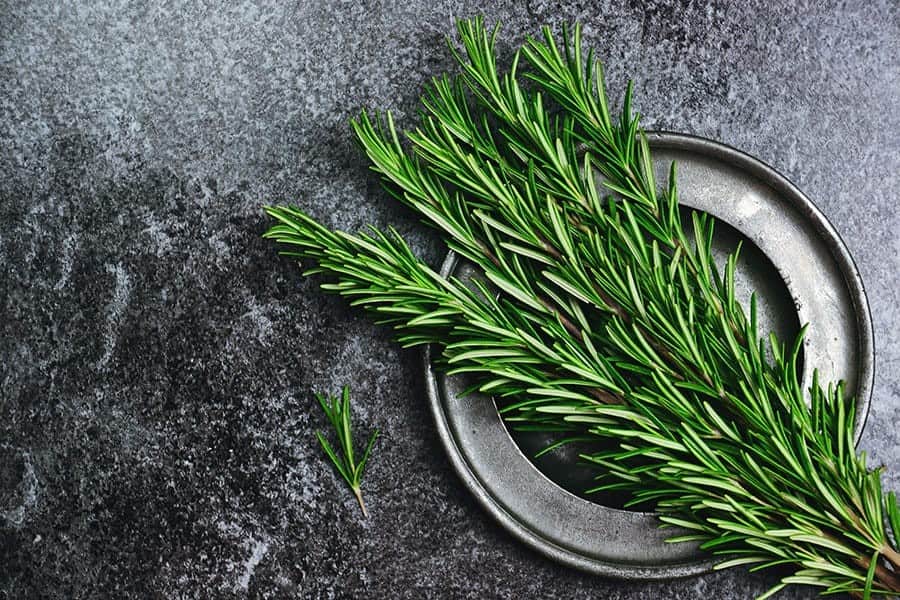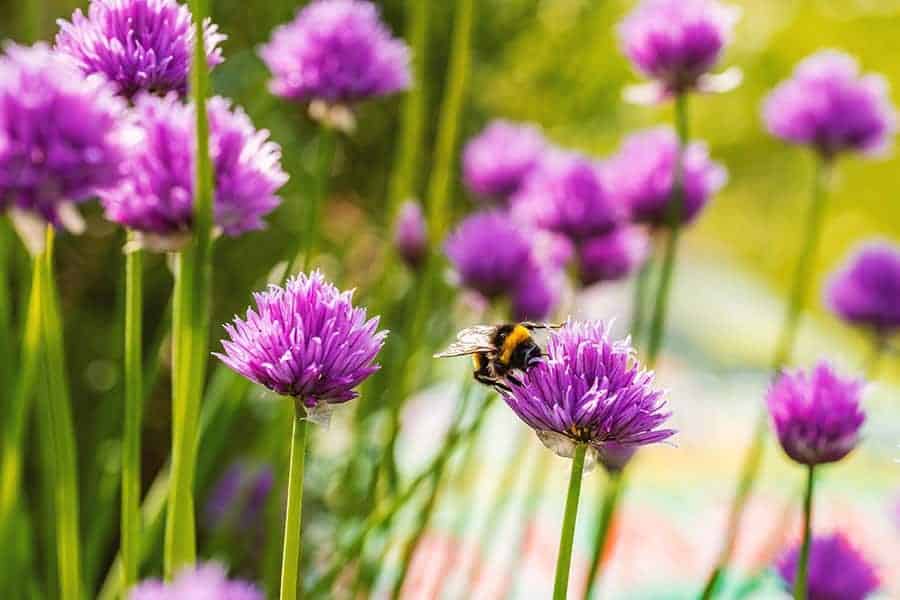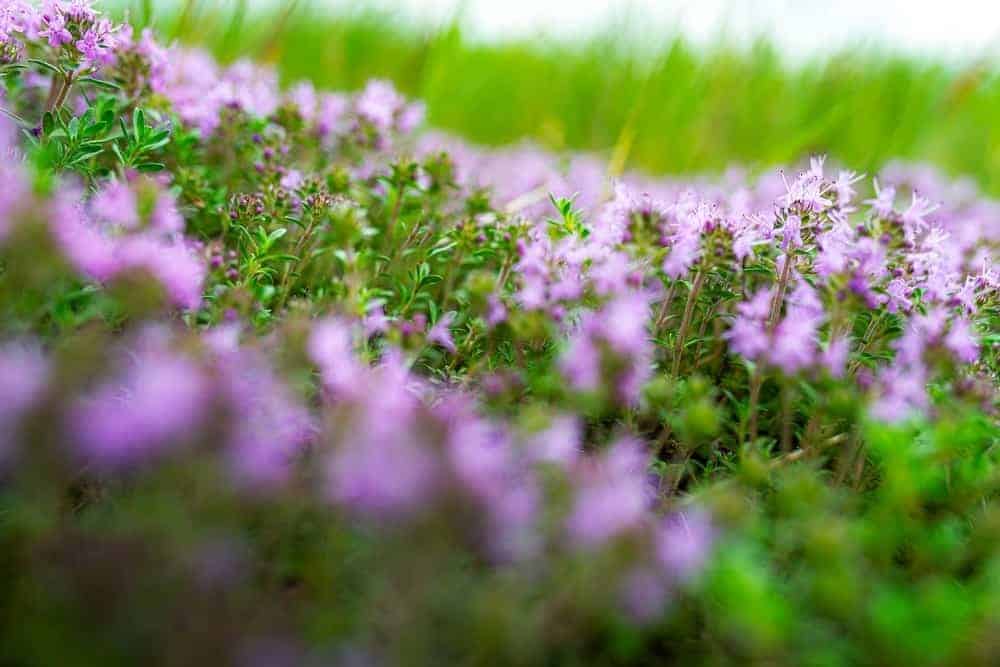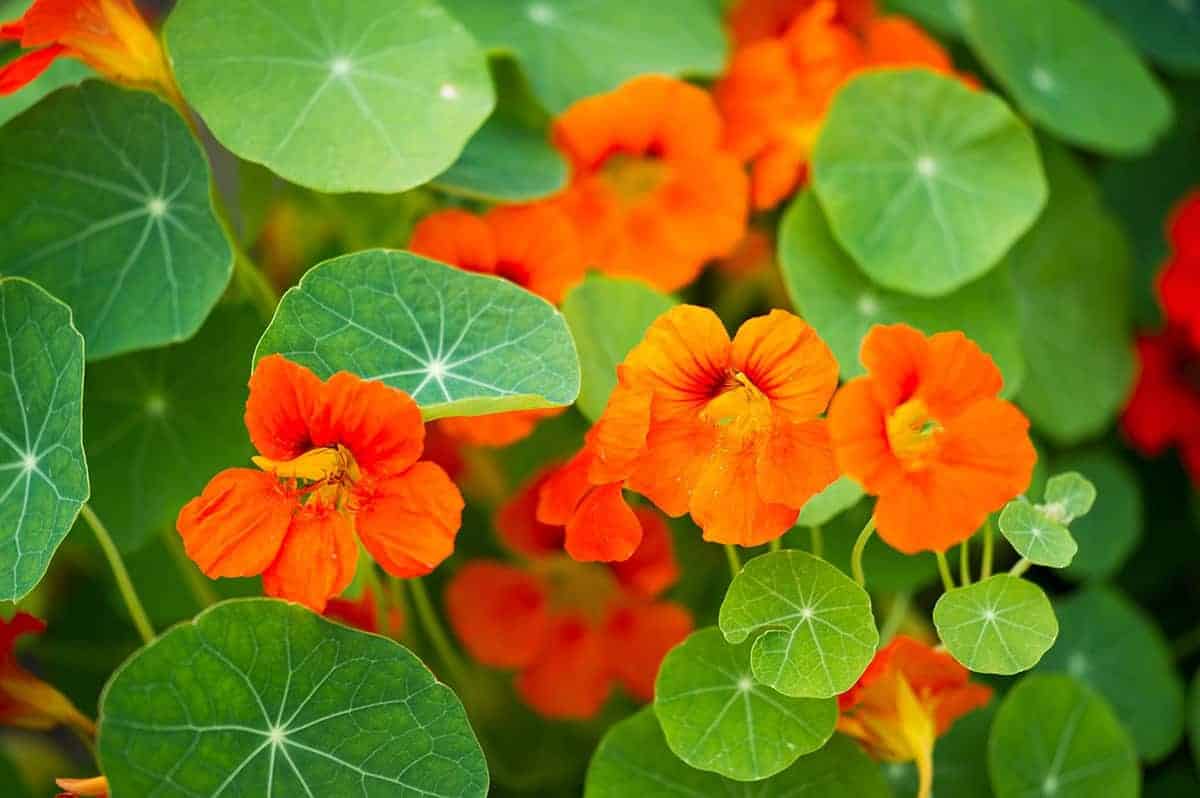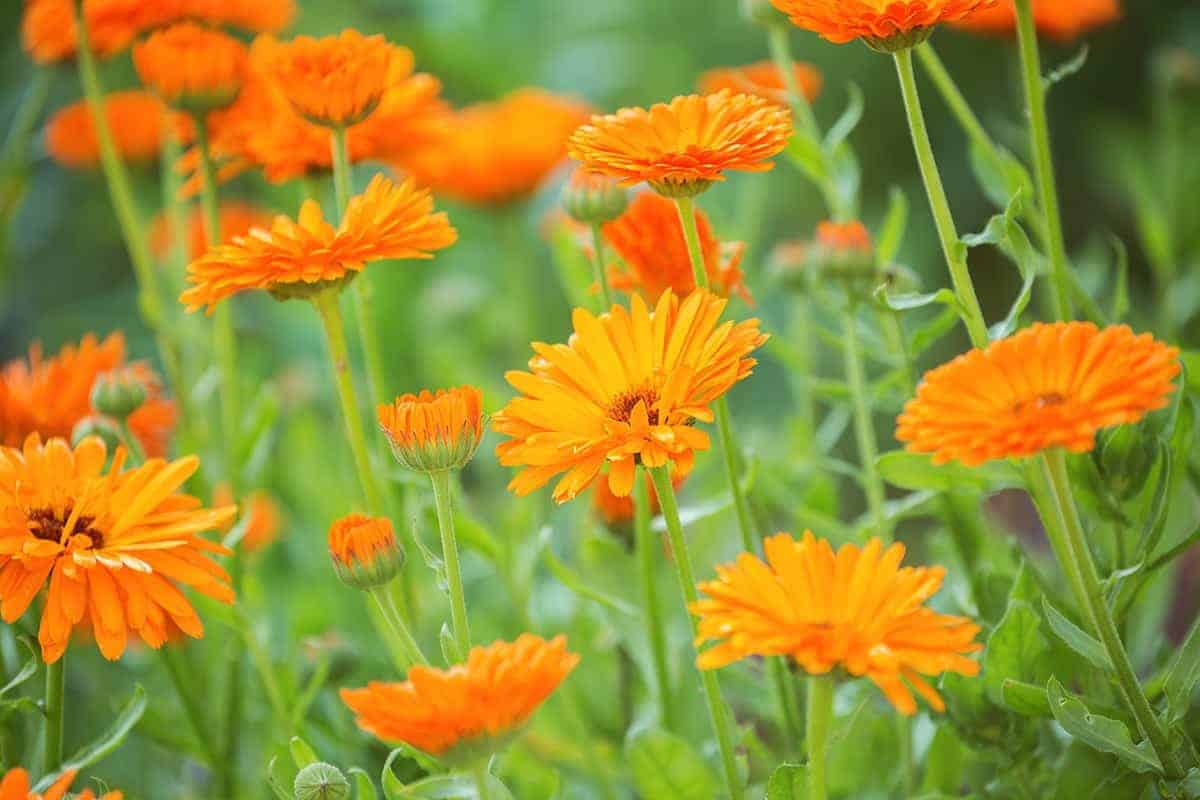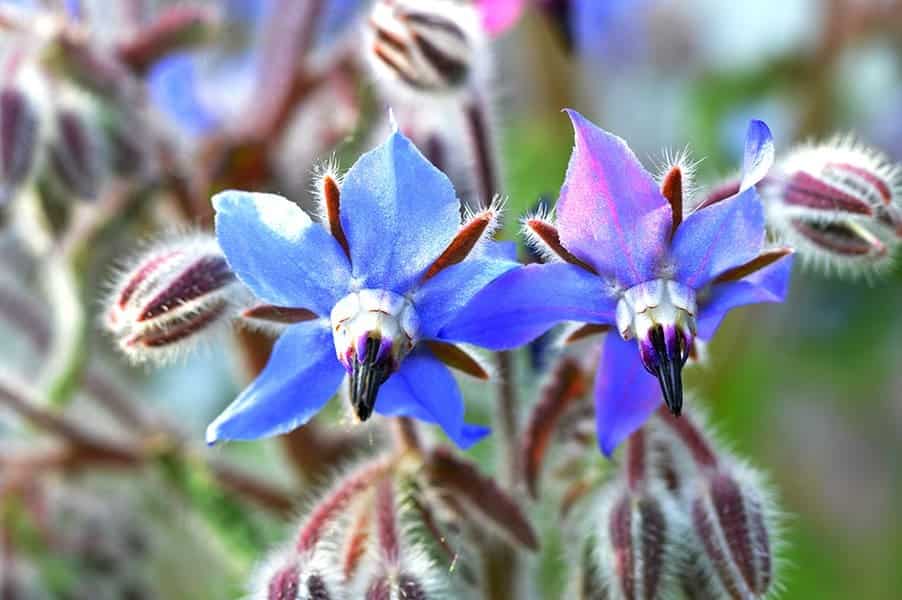Broccoli is a culinary superstar, boasting unparalleled versatility and flavor. When consumed raw or cooked, its vibrant green florets bring a burst of freshness to any dish. For gardeners who cultivate this beloved vegetable at home, selecting the ideal broccoli companion plants can be crucial for optimizing growth and promoting overall health. By strategically pairing broccoli with other beneficial plants, you can effectively deter pests, regulate sweetness levels, and even enrich the soil.
In this context, we’ll delve into the world of broccoli companions, exploring the various ways in which these plant partnerships can enhance your harvest.
Before We Get Started
When it comes to broccoli cultivation, one crucial aspect often overlooked is calcium intake. As you may recall from previous articles, insufficient calcium can cause issues in other fruiting plants like tomatoes and cucumbers. In contrast, broccoli has a remarkable ability to absorb calcium from the soil, but if it doesn’t receive enough, curled leaves will develop and eventually necrotize towards the stalk. To avoid this, test your soil before planting and add calcium as necessary.
For an extra boost, insert a calcium chloride tablet into the soil near the stalk every week. It’s also important to space broccoli plants away from others that require high calcium levels to prevent nutrient competition. Broccoli, being a brassica, thrives in cooler temperatures and prefers spring or autumn planting for optimal results. However, if you reside in a hotter climate or experience scorching summers, providing shade at midday will help keep your plants healthy.
To further minimize pest issues and promote healthier harvests, incorporate broccoli companion plants into your garden.
Broccoli Companion Plants
Companion planting is all about creating harmonious relationships between different plants in your garden. This involves pairing vegetables with herbs, flowers, or other vegetables that offer benefits such as attracting pollinators, repelling pests, or providing essential nutrients. By carefully selecting these ‘friends’, you can create a thriving ecosystem where every plant has its strengths and weaknesses balanced out.
Lettuce
Lettuce is a versatile and flavorful crop that thrives in salads and sandwiches. However, its growth can be hindered by hot weather, which often coincides with the peak growing season. One clever solution to this issue is to plant lettuce near broccoli. The larger broccoli leaves provide natural shade for the developing lettuce plants, thereby preventing bolting and ensuring a fresh harvest.
Spinach
When it comes to companion planting, spinach takes the prize for being one of the easiest crops to grow alongside other vegetables. In fact, its fast-growing nature makes it an ideal candidate to be planted near broccoli, with which it can thrive when spaced just 6-9 inches apart.
Swiss Chard
When it comes to companion planting, chard is an excellent choice for pairing with broccoli. One of the key benefits is that it can provide beneficial shade on sunny days, which helps to prevent overexposure and reduce water loss in your broccoli plants. Additionally, chard’s large lower leaves serve as a natural ground cover, suppressing weeds and retaining moisture in the soil.
Celery
Celery’s subtle sweetness is often overlooked, but did you know that when planted alongside broccoli, it can actually enhance the flavor of this cruciferous vegetable? The sweetening effect isn’t just limited to the taste, as celery also helps neutralize any bitterness in the broccoli. Additionally, its tall stalks provide a natural canopy, offering relief from scorching sunlight on warm days.
To maximize the benefits, simply pay attention to how light falls in your garden, allowing you to strategically position your celery for optimal shade and flavor-enhancing results.
Beets
While some root vegetables, like carrots and parsnips, can be heavy feeders of calcium, beets are actually beneficial to the soil they’re grown in. They excel at breaking up dense soil, allowing for improved aeration and water penetration. Additionally, beets don’t require a lot of space, making them a great companion crop that won’t compete with other vegetables like broccoli.
Radishes
Cucumbers
When gardening in scorching climates, consider harnessing the benefits of cucumbers by planting them near your broccoli on a trellis. While cucumbers aren’t typically considered ideal companion plants for broccoli due to their high nutritional demands, they can still provide valuable shade. This is particularly crucial for broccoli, which can bolt when exposed to intense sunlight.
By growing cucumbers vertically or overhead, you can create a natural canopy that shelters your broccoli from the heat. To make this partnership work, ensure the soil is well-nourished and plant the cucumbers in containers or along the periphery of your garden bed.
Onions
The Allium family, which includes onions, shallots, and scallions, offers a natural defense system for your vegetable garden. These plants don’t compete with broccoli or other vegetables for nutrients and will even repel unwanted insect pests. The unique compounds found in alliums – such as allicin, quercetin, and kaempferol – are unappealing to most insects, making them an effective deterrent when used as border plants around your vegetable beds.
By incorporating these natural pest controllers into your garden design, you can safeguard your crops from hungry insects and enjoy a healthier, more sustainable harvest.
Potatoes
Unlike many other members of the nightshade family, potatoes (Solanaceae) can be grown alongside broccoli without competing for essential nutrients. In fact, potato tubers have a beneficial effect on the soil, breaking it up and increasing nutrient flow. This allows broccoli’s roots to spread out and absorb more vitamins and minerals, creating a healthier and more productive growing environment.
Rhubarb
Rhubarb is a versatile plant that can be prepared like both vegetables and fruits. When grown in proximity to broccoli, it’s essential to maintain a safe distance of around 18 inches to prevent competition for nitrogen. This distance also allows rhubarb to effectively serve as a trap crop for cabbage whiteflies (Aleyrodes brassier), which can cause significant damage to brassica crops.
By incorporating rhubarb into your garden, you’ll not only benefit from its natural pest control properties but also enjoy its ability to protect other nearby brassicas, including kale, cabbages, Brussels sprouts, and rapini.
Dill
Dill is a triple threat when paired with broccoli. Not only does it enhance the flavor of its green companion, but it also encourages healthy growth. What’s more, allowing dill to bloom attracts beneficial insects like braconid wasps, hoverflies, and ladybugs, which prey on unwanted pests such as aphids, worms, and caterpillars that can devastate your food crops.
Basil
The herb basil plays a dual role in the garden by not only repelling undesirable pests like cabbage worms and white butterflies, but also by drawing in beneficial insects such as honeybees, wasps, and various species of butterflies when it is allowed to bloom.
Mint
While mint plants offer numerous benefits in terms of pest control – they effectively repel white flies, white butterflies, aphids, and flea beetles – their invasive nature is a significant drawback. Once established, mint can be notoriously difficult to eradicate from the garden. If you still wish to utilize mint as a companion plant for broccoli, consider burying pots or containers in the soil nearby to contain its spread.
Alternatively, be prepared for it to quickly colonize and create a distinct mint garden within a few years.
Rosemary
Rosemary, a member of the Lamiaceae family, has an unexpected ally in its battle against cabbage pests. While cabbage loopers and moths are notorious for their affinity towards Brassicaceae family members like broccoli, they have a peculiar aversion to rosemary. As such, incorporating this fragrant herb into your garden design can be a surprisingly effective way to deter these unwanted visitors.
Simply plant rosemary as a perimeter fence around your broccoli plants or scatter it throughout your garden to create a natural barrier. It’s worth noting that rosemary is only perennial in USDA Hardiness Zones 7 and above, requiring annual treatment or potted relocation indoors before the first frosts of winter if you reside in a lower zone.
Chives
Like many allium varieties, chives possess natural insect-repellent properties that keep pests at bay while drawing in helpful insects. This dual benefit makes them a valuable addition to your garden. Additionally, chive leaves and flowers can be harvested as needed to add a subtle onion flavor to a range of dishes, including broccoli-based recipes.
Thyme
This herb’s thymol content boasts impressive pest-repellent properties, effectively keeping at bay various insects that might otherwise decimate your broccoli crop. Moreover, the blooms of this plant serve as a welcoming haven for bees and wasps, providing them with a vital source of sustenance.
Chamomile
A humble yet effective companion plant, this low-growing herb not only enhances the flavor of nearby broccoli but also serves as a natural pest repellent, keeping unwanted insects at bay. Its creeping habit allows it to spread across the soil, retaining moisture and fostering a healthier growing environment for your broccoli.
Nasturtiums
In addition to attracting beneficial pollinators, these companion plants offer an aesthetic boost to your garden. The vibrant orange hue of nasturtiums beautifully complements the deep green broccoli, creating a visually appealing combination. Furthermore, you can also enjoy both in a culinary sense. Consider preparing a raw broccoli salad or slaw and incorporate nasturtium petals and leaves. This will not only add a pop of color but also introduce spicy flavors to the dish.
Calendula
Calendula flowers have a multitude of benefits that make them an excellent addition to any garden. Not only do they enhance the flavor of nearby plants, but they also serve as a natural deterrent for aphids and other unwanted pests. Moreover, these flowers attract beneficial pollinators, further enriching the ecosystem. Plus, having calendula in your garden means you’ll have a stash of medicinal plants readily available, making it a valuable addition to any garden.
Borage
With their vibrant blue blooms, these plants are a visual treat when planted alongside brassicas. But it’s not just their aesthetic appeal that makes them valuable – the fragrance and taste of the flowers also possess natural pest-repellent properties, effectively deterring cabbage hornworms while drawing in beneficial bees and butterflies to your garden.
Cosmos
As a natural pest deterrent and pollinator magnet, cosmos is an exemplary companion plant that can enhance the health and productivity of numerous species, including broccoli. By repelling certain pests and drawing in beneficial insects, cosmos can create a harmonious growing environment for your crops.
